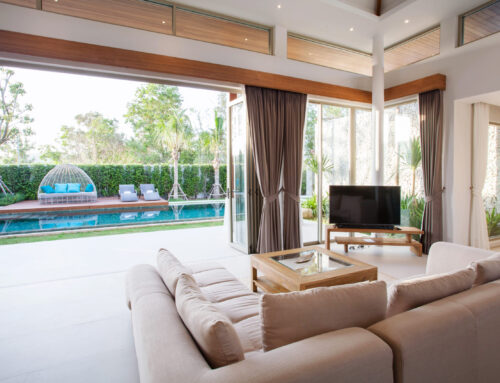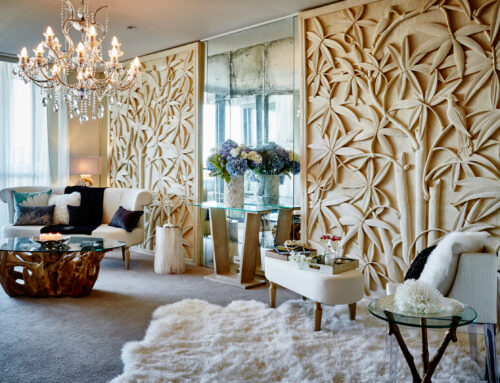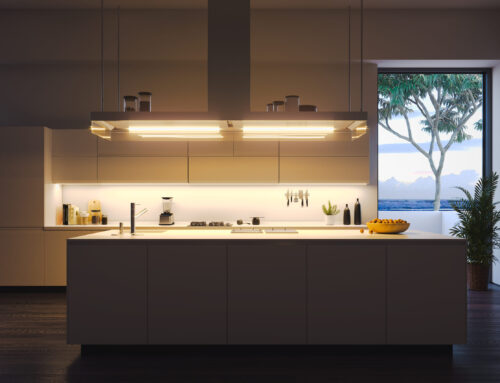Minimalist interior design brings simplified beauty to a home, while making it feel more balanced and less chaotic. A neater, more fluid environment can also make you feel more centered and peaceful. Here is how you can adopt a minimalist design concept to elevate the look and feel of your home.
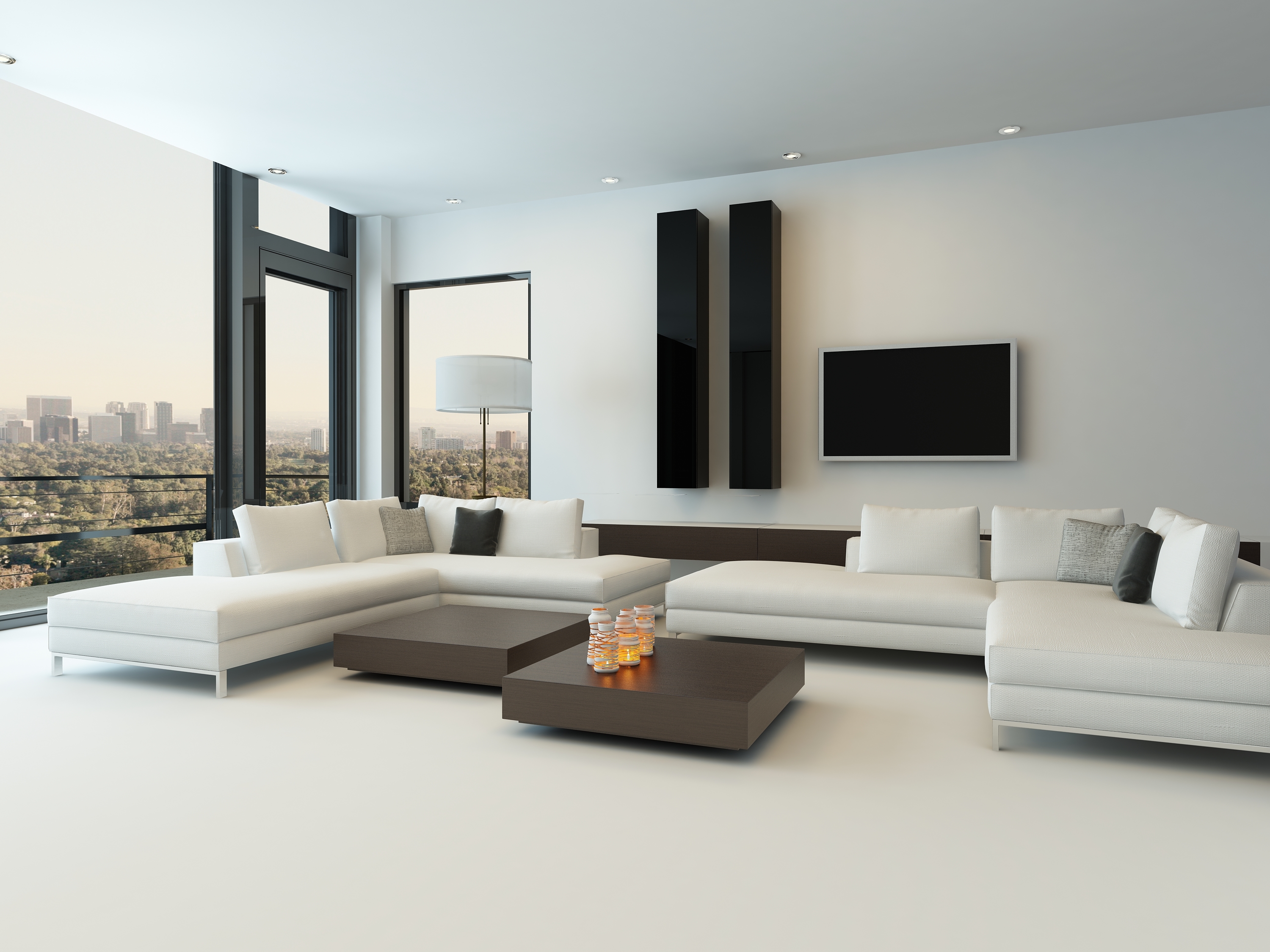
What Is Minimalist Interior Design?
Minimalism refers to the practice of living a clutter-free life centered on a less-is-more principle. One of the very first to embrace the concept of minimalist design, Ludwig Mies van der Rohe was a renowned German architect and educator who is widely credited for coining the term “less is more.” One of the pioneers of modernist architecture, the famous figure used steel, glass and wide-open spaces to craft unembellished structures that showcased rectangle shapes and crisp lines to create a sense of order.
From an interior design perspective, minimalism incorporates the same principles to bring out a home’s bare-boned beauty. This means celebrating a structure’s distinctive architectural details instead of hiding them. It also means having to justify every element’s existence before bringing it into a home. In short, if something serves no function or fails to complement an existing element, it should be excluded from your interior design plan.
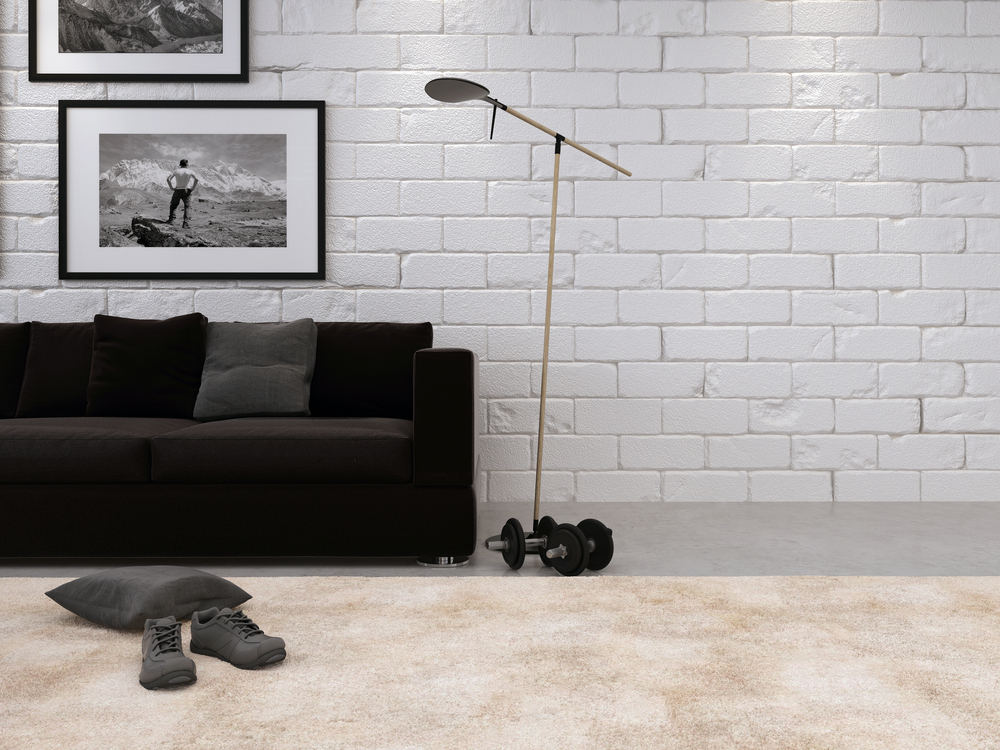
Some Practical Strategies
While it may sound basic, minimalist interior design affords ample opportunity for creativity as long as you approach the process with a fair amount of discipline. To adopt a minimalist design, you will have to go without unnecessary bells and whistles and forgo multi-functional purposes in favor of a streamlined home that focuses more on form and function. You will also need to commit to a concise palette of colors that will ground your minimalist home in neutrals such as creams, grays, whites and blacks. This will lay a nice foundation for the rest of your efforts.
Since minimalism involves opening up as much space as possible, you will certainly want to declutter. You will also want to streamline your furniture as much as possible. Instead of filling an open space with a random ottoman, for instance, leave the area open. Instead of filling the center of a room with an oversized coffee table, replace it with something smaller.
As you begin to open up space, you will immediately notice that your home has begun to take on a more minimalist appearance. This will make the interior space appear larger while also adding prominence to the remaining features in each room.
![shutterstock_1317559274 [Converted] black and white pattern](https://bhgrecollection.com/blog/wp-content/uploads/2019/06/shutterstock_1317559274-Converted.jpg)
Textiles and Prints
An effective minimalist interior design scheme should include a variety of tonal textiles that add warmth, richness and quiet visual impact. A sparse room can still catch the eye if it incorporates compelling textiles, hides or furs that complement the surrounding hues.
Minimalist décor can also include varied styles of wall prints, including black-and-white photography or colorful graphic patterns. The key is to buffer these prints with plenty of negative space to keep things looking clean and uncluttered.
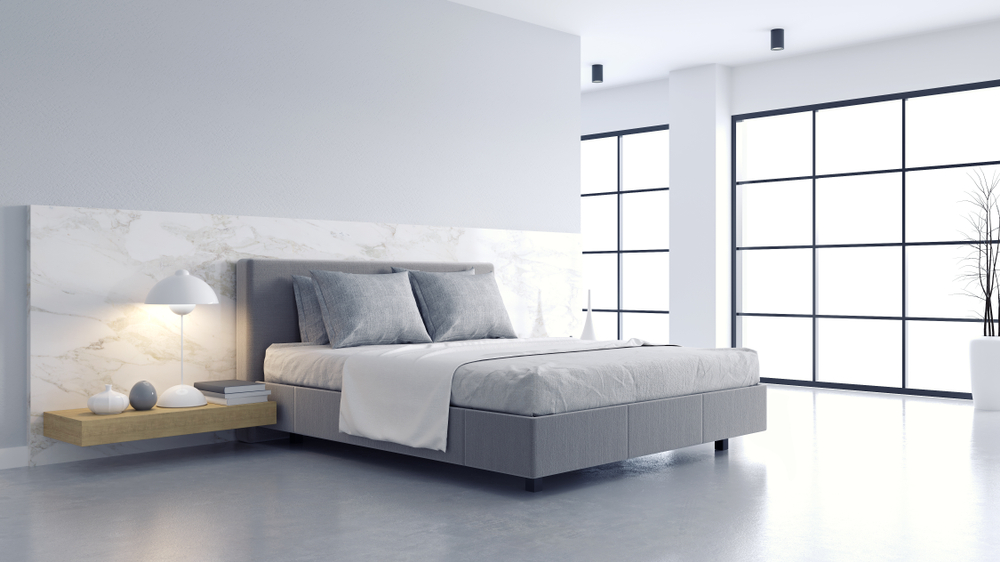
Making it Work for You
As with every interior design scheme, minimalist strategies usually involve at least some trial and error. Once you negate needless items and open up space, you will inevitably draw the eye to whatever remains in a room. This forces you to be strategic when deciding which elements should take center stage amid a sleek, bare-boned environment where there’s no place to hide.
If you don’t know where to start, Better Homes & Gardens provides several examples of successful minimalist interior design schemes. If you have the will and ability, Better Homes & Gardens also details several do-it-yourself minimalist interior design projects for your home.
With that said, it’s perfectly fine to dive right in and experiment until you find a minimalist concept that reflects your unique style. As with any design scheme, a contemporary minimalist house should include its fair share of intriguing accessories that give every room its own distinctive personality. This gives you the opportunity to incorporate collectibles and keepsakes that will complement the scheme without stealing the spotlight.
Be selective so as not to overstuff or overstimulate. You can also routinely edit pieces to give your minimalist home a fresh feel from time to time. One great benefit of a minimalist interior design scheme is that any minor change will have a much larger impact, especially if the room includes neutral tones and a lot of negative space.
Visit Distinctive Collection by Better Homes and Gardens® Real Estate when you begin your journey to buy or sell your unique home.



